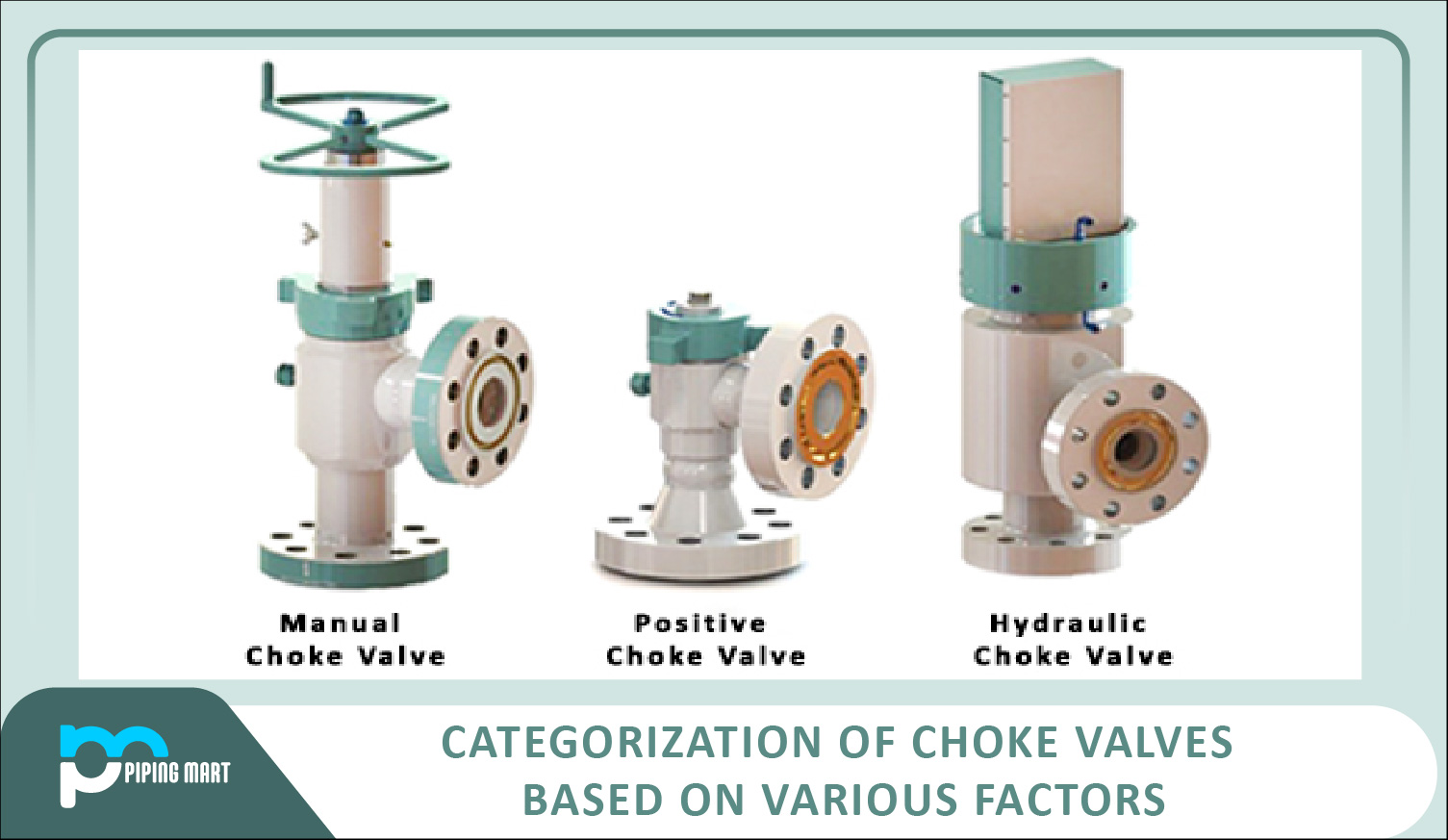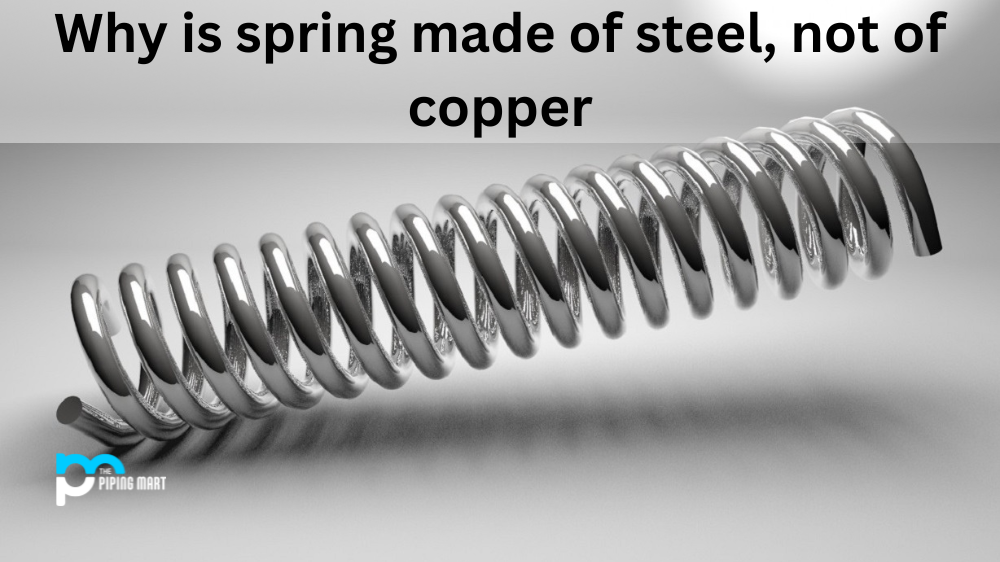Choke valves, also known as choker valves, are a type of severe operating control valve that is extensively used in the oil and gas sectors. They regulate the flow of well fluid. Choke valves also serve to reduce reservoir pressure and manage downstream flow line pressures. A choke valve is made up of a plug or stem that slips down or up inside a slotted cylinder to control the flow.
Different Forms of Choke Valves
Choke valves are classed based on their functionality. They are as follows:
- Regulating Choke Valves
This choke valve is indeed a flow control valve. These valves help maintain constant flow rates in production heads and flow lines. It is an automatic valve that is controlled by an electric signal from the panel.
- Non-regulating Choke Valves
Non-regulating choke valves function as an on/off switch. The opening of these choke valves is constructed in such a way that when wide open, they can remove the pressure. They do not moderate or control the flow, as the term implies.
Choke valves are classified into two types based on their orifice diameters.
- A positive choke valve with a predetermined orifice size and
- Variable orifice choke valves with an external adjustment device to change the orifice size.
Choke valves are classified into different types based on their design and construction:
- Seat and Needle Choke valve: Needle and Seat Choke valve is a basic yet effective choke valve that consists of a cone-shaped plug, a rising stem, and a hand wheel.
- Cage and Plug choke valve: Cage and Plug choke valve is a complicated structure choke valve consisting of ports cages organized to provide an excellent flow and control capabilities.
The choked valve’s port cage can be of different sorts, including:
- Four-port cage: For use with well-located separators and line heaters.
- Multi-port cage: for important high pressure drop applications.
Design and construction of a choke valve
Chokes withhold pressure on a flowing well to create good use of the gas for natural gas lift and to manage the bottom hole pressure for recovery purposes. The pressure builds up fast in vertical flowing fluid as the hydrostatic head decreases and the fluid flows in slugs through the tube. As a result, the potential gas lift energy is quickly depleted. As a result, the liquids fall back and begin to collect over the perforations. These accumulating fluids maintain the formation’s pressure. When a considerable amount of fluid collects, the well may “die” and the flow will stop.
The choke maintains backpressure by limiting the opening flow at the wellhead. Back Pressure limits the gas’s unrestricted extension. As a result, it contributes to keeping the gas dispersed in the fluids as it ascends the tubing.
Chokes can have a variable or fixed opening. The set openings, called “beans,” are short flow tubes. They graded at 1/64th of an inch. For small to moderate rate gas wells, common flow sizes range from 8 to more than 20 (in 64ths).
The diameter of the choke varies based on the reservoir pressure, tube size, the flow of gas, and the amount and density of fluids. Variable chokes will use an increasing width slot design to allow for quick resetting. These are effective on well clean-ups after stimulation because choke size can change over the day. They can also be utilized for periodic liquid unloading, which requires frequent changes in choke size.

Pipingmart is B2B portal specializes in industrial, metal and piping products. Also, share latest information and news related to products, materials and different types grades to help business dealing in this industry.




